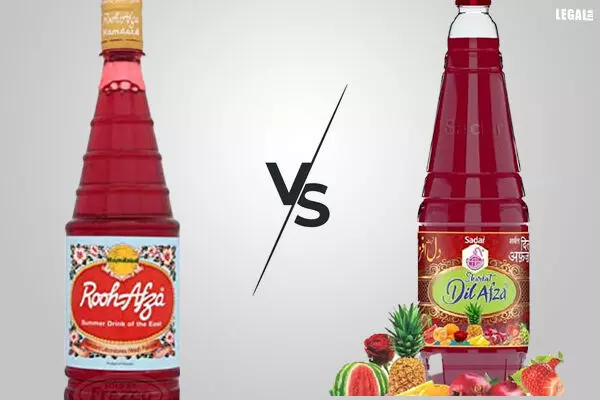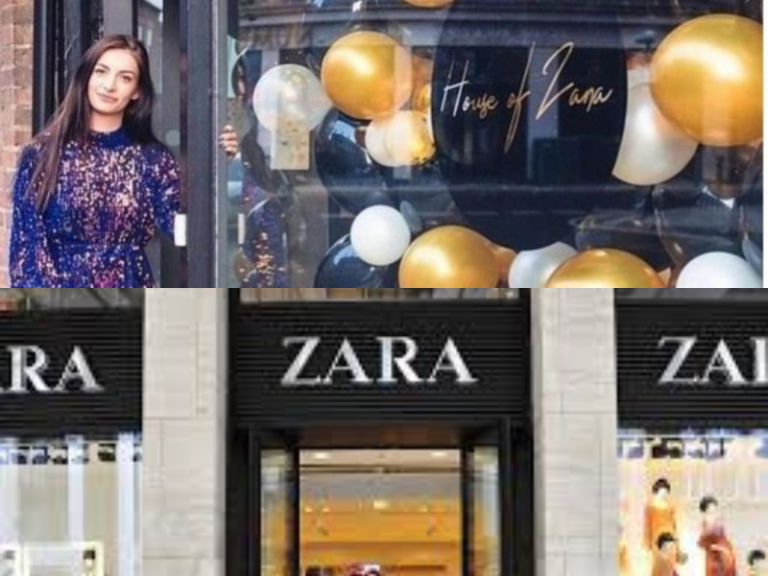‘Dil’ or ‘Rooh’ – Afza?
The ‘Rooh Afza’ sharbat is one of the most popular drinks for us Indians and sparks a different kind of nostalgia. This brand was invented in 1906 and is still famous in India, Pakistan & Bangladesh.
The sweet and refreshing tastes have maintained their presence and stand in the market for such a long period of time with a very loyal customer base in this region. Therefore, it becomes necessary to protect its brand name from getting copied by the emerging competitors in this modest market.
Recently, another beverage brand called ‘Dil Afza’ also entered the market.
The manufacturer of Rooh Afza, Hamdard National Foundation ( plaintiff ), filed a trademark infringement case against Dil Afza manufacturers, Sadar Laboratories ( defendant), for selling the sharbat with similar trademarks.
The plaintiff had pleaded for restraining the defendant from selling the sharbat with a similar mark, firstly the trademark obtained by the plaintiff has obtained a secondary meaning with the sharbat, secondly, its goodwill is on stake, which had been built over hundred years and lastly this similar stance would definitely confuse the consumer in their buying.
Although the defendant had filed for the registration of its mark ‘Dil Afza’ in 2018, the plaintiff argued that the application could not be opposed due to omission on their part.
The plaintiff submitted that ‘Rooh Afza’ in relation to these products, had been registered since 1942 and is still continuing. Besides the word, ‘Dil’ & ‘Rooh’ cause deep emotions and the usage of the word ‘Afza’ is common in both.
Likewise, the plaintiff contended that the mark falls under the ‘well-known trademark’ category and the inference can be drawn from the 1930 case of the Lahore High Court, known as Unani Dawakhana v. Hamdard Dawakhana, 1930 SCC OnLine.
The defendant argued that ‘Afza’ is an Urdu word and it is a common word that is prominently used in the sharbat market and importantly there is a clear cut difference in the meaning of the word ‘Dil’ & ‘Rooh’. As ‘Dil’ intercepts ‘Heart’ and ‘Rooh’ states ‘Spirit’.
They also claimed that they had been using ‘Dil Afza’ in Class-5 (relating to Unani/Ayurvedic medicines) since 1949 till 2020 and subsequently there is no stand of confusion because both the brands have attained their popularity on their own.
Other vital submissions made by the defendant were, firstly the plaintiff label enclosed flowers and defendant label shows fruits, secondly, the font styles are completely different and lastly both the parties labelled their products as ‘Sadar’ & ‘Hamdard’, which does not cause any confusion.
According to practical consideration, firstly it was held that usage of word ‘ Afza’ is common practice and dominance over its use is not proficient and secondly, the plaintiff use the word ‘Rooh Afza’ together and they cannot claim the right to use the word ‘Afza’ exclusively, as otherwise, they need to show that they have built a brand reputation and value with the word ‘Afza’ singularly.
Subsequently, the term ‘Rooh Afza’ is a complete word, which may have acquired secondary meaning, clearly indicating the plaintiff sharbat.
Most importantly, the common consumer cannot get confused over these two brand bottles, as the simple meaning of the term ‘Dil’ & ‘Rooh’ are completely different and according to the defendant approach of distinguishing the plaintiff and defendant products labelling and packaging are in rightful contemplation.
Lastly, the court refused to grant an injunction and stayed the suit till the Registrar of Trademarks disposed of the rectification application filed by Hamdard on the issue.
Also, the defendants are asked to maintain the ‘Dil Afza’ syrup account of sales during the pendency of the suit and are required to submit the quarterly report of the same to the court.
So, according to this case, it can be contested that the interpretation and meaning of the word should be administered first, as if the words clearly have different meanings, therefore there is no space for confusion for consumers and lastly no supremacy can be practised over the common words, otherwise the term is required to be used in a separate manner and should be the sole basis of building up a reputation.
Image Source: Legal Era
The case study has been written by Radhika Singla during her internship with MikeLegal






